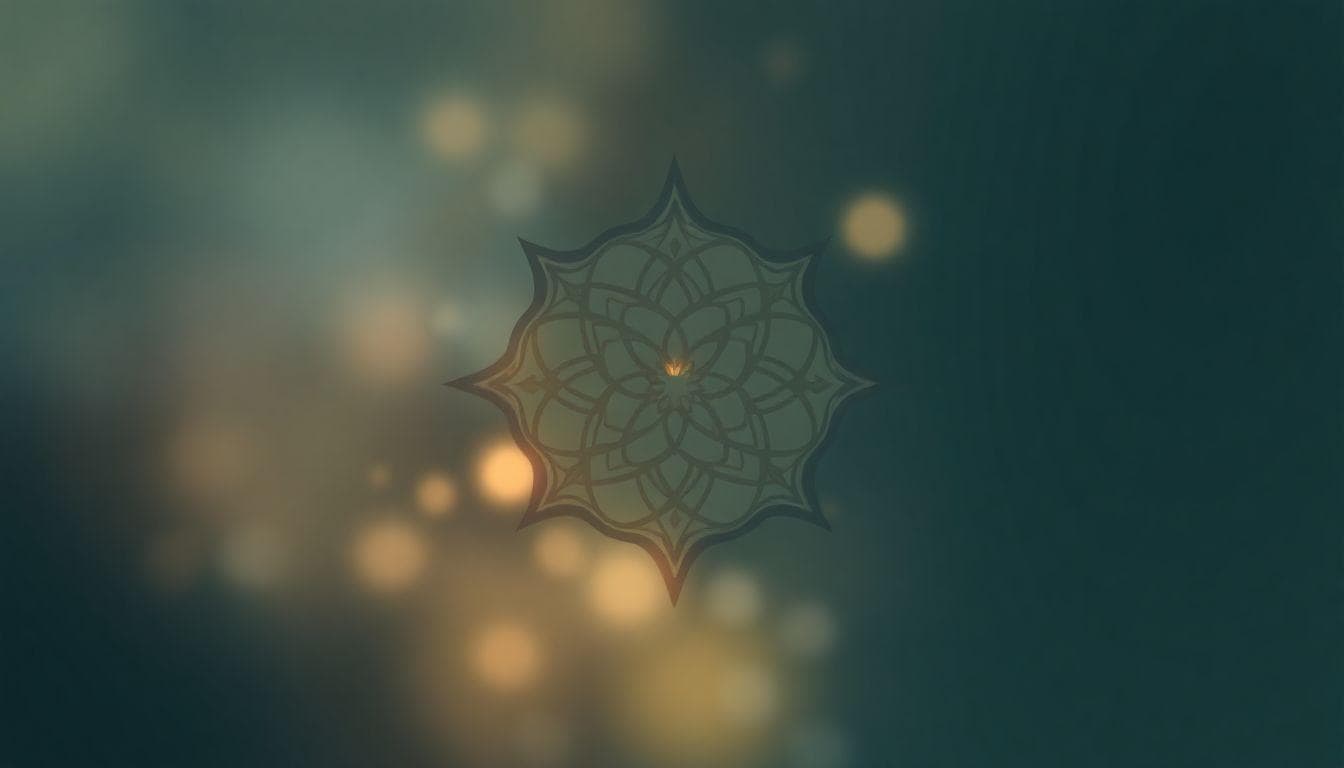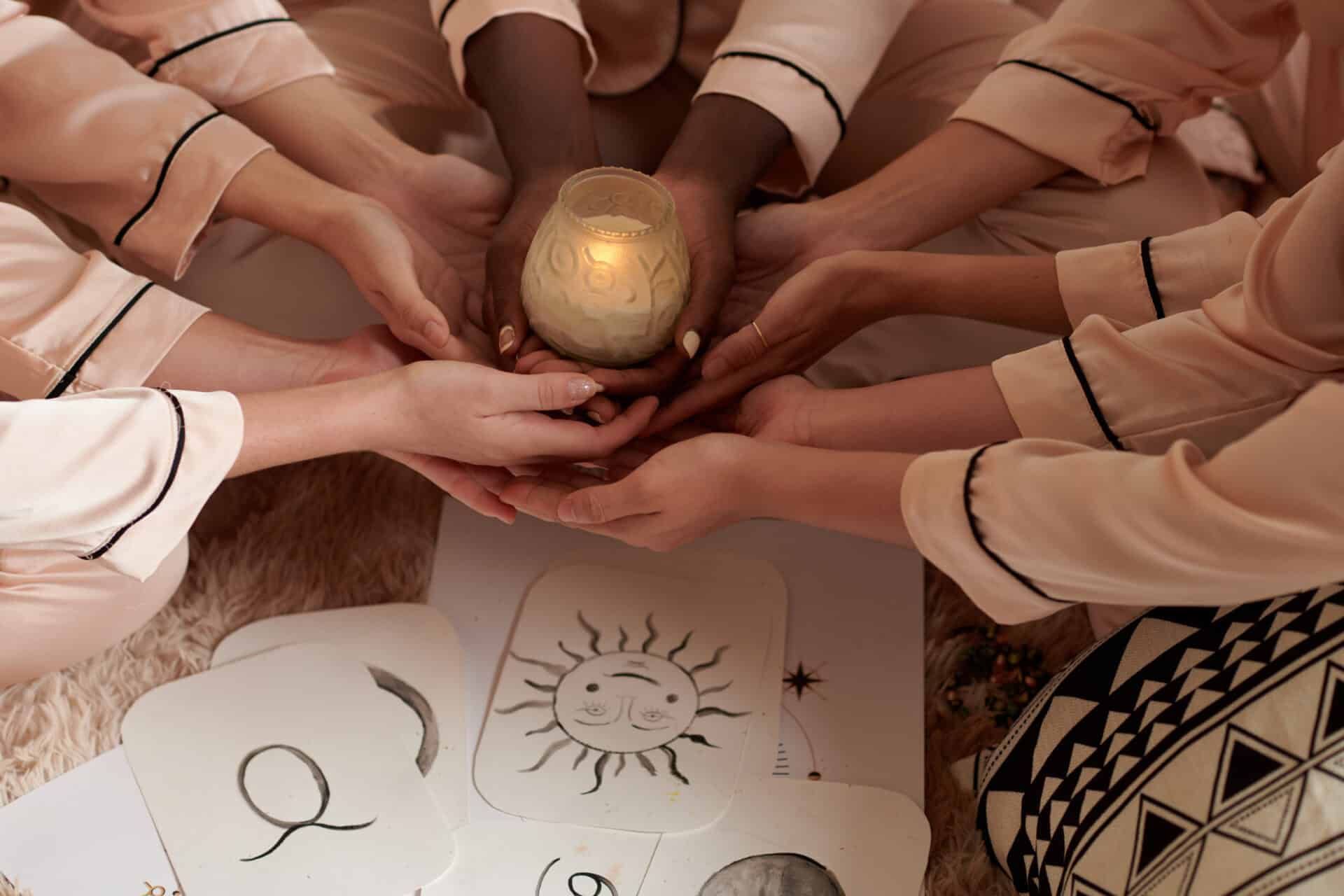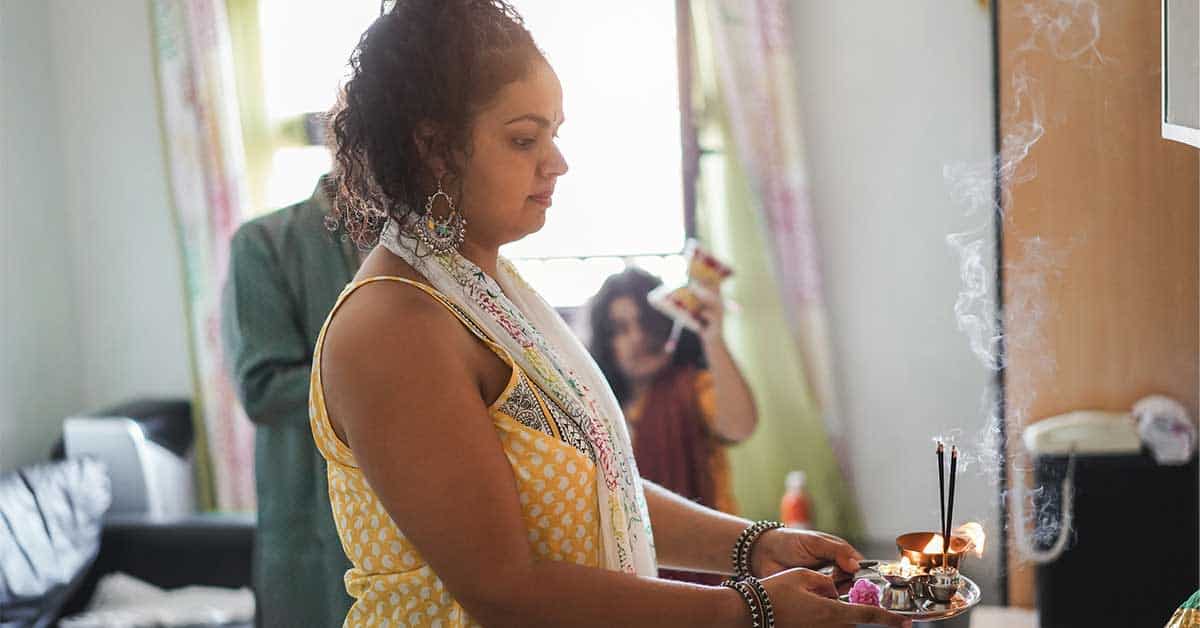Table of Contents
The debate between intuitive readings and traditional therapy often misses a critical point: these approaches are not adversaries but allies in the journey of self-discovery. In our fast-paced, ever-evolving world, the quest for understanding oneself can lead down various paths, each offering unique insights and tools. While traditional therapy is rooted in scientific methodologies, intuitive readings open the door to more esoteric yet profoundly personal insights. This article delves into how these two modalities can complement each other, enhancing the journey toward a more profound self-awareness.
Intuitive Readings vs. Therapy Insights
Explore how intuitive readings and traditional therapy can work together for personal growth. – What is an intuitive reading? It involves a spiritual approach to understanding one’s emotions and life path through insights and guidance. – How do they differ? Intuitive readings focus on holistic and spiritual aspects, while traditional therapy emphasizes psychological techniques and evidence-based practices. – Can you do both? Yes, combining intuitive readings with traditional therapy can enhance self-discovery and provide a well-rounded perspective on mental health.
What Is an Intuitive Reading?
Intuitive reading is a spiritual practice that involves tapping into one’s inner wisdom and universal consciousness to gain insights about life, relationships, and personal challenges. Unlike traditional therapy, which typically relies on structured dialogue and psychological theories, intuitive readings draw from spiritual and metaphysical realms. Practitioners, often considered intuitive readers or psychics, use their heightened perception to connect with energies, spirit guides, or angels to provide guidance.
From personal experience, I recall my first intuitive reading as an eye-opening encounter. I was initially skeptical as someone who had always approached life with a logical mindset. However, the reader’s insights, which were uncannily accurate and resonated deeply with my struggles at the time, nudged me toward a path of introspection I had previously ignored. This experience was not about predicting the future but rather about uncovering hidden truths and potential paths that lay before me.
Insider Tip: Not all intuitive readings are the same; some may use tarot cards, while others rely on pure intuition or astrology. It’s crucial to find a practitioner whose style resonates with you.
For more on how intuitive readings can reveal hidden aspects of your life, explore this blog post.
What Is Traditional Therapy?
Traditional therapy, often referred to as psychotherapy or counseling, is a practice grounded in mental health sciences. It involves a clinical approach to treating psychological issues through dialogue, behavioral changes, and, in some cases, medication. Therapists are trained professionals who use evidence-based techniques to assist individuals in navigating life’s challenges, from mental health disorders to personal development.
My journey with traditional therapy was transformative in a different way. After a period of profound personal loss, therapy provided a structured environment where I could process my emotions and develop coping strategies. The therapist’s ability to listen without judgment and offer insights based on psychological theories helped me rebuild my mental framework. The scientific approach of therapy gave me a sense of security and understanding, which was essential for my healing process.
Insider Tip: When seeking a therapist, consider their specialization and approach. Cognitive-behavioral therapy (CBT), for example, is particularly effective for anxiety and depression.
For a deeper understanding of preparing for therapy and what it involves, you might find this blog post insightful.
How Are Intuitive Readings and Traditional Therapy Different?
The primary distinction between intuitive readings and traditional therapy lies in their methodologies and the nature of insights they provide. Conventional therapy is rooted in scientific principles and often requires a long-term commitment to achieve substantial results. It is methodical, with therapists employing various techniques such as CBT, psycho-dynamic therapy, or interpersonal therapy, depending on the client’s needs.
In contrast, intuitive readings offer a more immediate, albeit less structured insight. They are often sought out for quick guidance or clarity on specific issues. The insights gained from intuitive readings can feel more personal and less constrained by scientific frameworks, allowing for a broader exploration of the self and one’s circumstances.
One might argue that intuitive readings appeal to those who are comfortable with ambiguity and open to exploring their spiritual dimensions. Traditional therapy, meanwhile, appeals to individuals who prefer a structured, evidence-based approach to understanding their mental health.
Insider Tip: If you’re considering an intuitive reading, approach it with an open mind and a clear intention. This openness can enhance the depth of insights you receive.
Explore more about how intuitive life coaching can integrate with therapy on this page.
How Are Intuitive Readings and Traditional Therapy Similar?
Despite their differences, intuitive readings and traditional therapy share common ground in their ultimate goals: self-discovery and personal growth. Both modalities encourage introspection and self-awareness, which are crucial components of personal development. They aim to empower individuals by providing insights and tools to navigate life’s complexities.

In my own experience, combining both approaches has been incredibly beneficial. Therapy provided a stable foundation, helping me understand and manage my emotions, while intuitive readings complemented this by offering fresh perspectives and uncovering deeper, often spiritual, insights. Together, they created a holistic approach to my personal development, addressing both my mental and spiritual needs.
Both practices also emphasize the importance of a supportive, non-judgmental environment. Whether it’s a therapist’s office or a reading session, the space must feel safe for the individual to explore their thoughts and emotions openly.
Insider Tip: Consider using intuitive readings to supplement therapy sessions. The insights gained can often spark meaningful discussions with your therapist, leading to deeper understanding and growth.
For those interested in the role of spiritual guidance in personal development, check out this article.
A Personal Journey: Finding Balance Between Intuitive Readings and Traditional Therapy
Several years ago, I found myself at a crossroads in my life. I was grappling with anxiety and self-doubt after a challenging breakup, and I didn’t know where to turn. A close friend suggested that I try intuitive readings, something I had never considered before. Skeptical yet curious, I booked a session with a local intuitive, Lisa.
During my reading, Lisa asked me to focus on my feelings, and she quickly picked up on my struggles. She offered insights that resonated deeply with me, highlighting aspects of my emotional state that I had not fully acknowledged. It was a refreshing perspective that encouraged me to explore my inner thoughts and feelings without judgment.
However, I recognized that I also needed a structured approach to my mental health. After my reading, I decided to seek traditional therapy with a licensed therapist named Tom. In our sessions, Tom helped me unpack my emotions further, providing tools and strategies to cope with my anxiety. The combination of Lisa’s intuitive insights and Tom’s therapeutic techniques became the perfect balance for me.
Over time, I learned that intuitive readings offered a unique lens through which to view my life, while therapy provided the framework for actionable change. This dual approach not only enhanced my self-discovery but also equipped me with the tools to navigate my emotional landscape more effectively. Today, I continue to utilize both paths, understanding that they complement each other beautifully in my ongoing journey of personal growth.
Can You Do Both?
Absolutely! Engaging in both intuitive readings and traditional therapy can offer a comprehensive approach to self-discovery and personal healing. They can be complementary rather than competitive, providing a balanced approach to understanding oneself from multiple dimensions.

In my personal journey, I found that therapy helped ground me during tumultuous times, offering practical strategies to manage my mental health. Conversely, intuitive readings provided a broader, sometimes mystical perspective that encouraged me to look beyond the immediate and explore my spiritual inclinations. This dual approach has not only enhanced my self-awareness but also enriched my life in ways I never anticipated.
Insider Tip: If you’re considering both therapies, communicate openly with both your therapist and intuitive reader about your experiences. This transparency can help both practitioners tailor their guidance to better suit your needs.
In summary, the integration of intuitive readings and traditional therapy can create a powerful synergy, offering a multi-faceted path to self-discovery. Each approach has its strengths, and when used together, they can provide a holistic framework for personal growth and healing.
For more insights on combining different approaches to personal development, consider exploring this resource.
In conclusion, the journey of self-discovery is deeply personal and unique to each individual. The fusion of intuitive readings and traditional therapy presents a dynamic pathway that acknowledges the complexity of the human experience. By embracing both the scientific and the spiritual, one can embark on a more comprehensive journey of understanding and growth. Whether you lean towards the mystical insights of intuitive readings or the structured support of traditional therapy, remember that the ultimate goal is self-awareness and personal evolution. Let these complementary paths guide you toward a richer, more fulfilled life.
Q & A
What is the difference between intuitive readings and therapy?
Intuitive readings focus on spiritual insights, while therapy addresses mental health issues through structured dialogue.
Who can benefit from combining intuitive readings with therapy?
Individuals seeking deeper self-discovery and personal growth may find value in both approaches.
How do intuitive readings support traditional therapy?
Intuitive readings can provide unique perspectives that complement therapeutic insights and enhance self-awareness.
Can intuitive readings replace traditional therapy for mental health?
No, intuitive readings should not replace therapy; they complement it for holistic healing.
What should I expect from an intuitive reading session?
You can expect personal insights and guidance, often leading to deeper self-reflection.
Is it common to feel skeptical about intuitive readings?
Yes, many people are skeptical, but keeping an open mind can lead to valuable insights.



